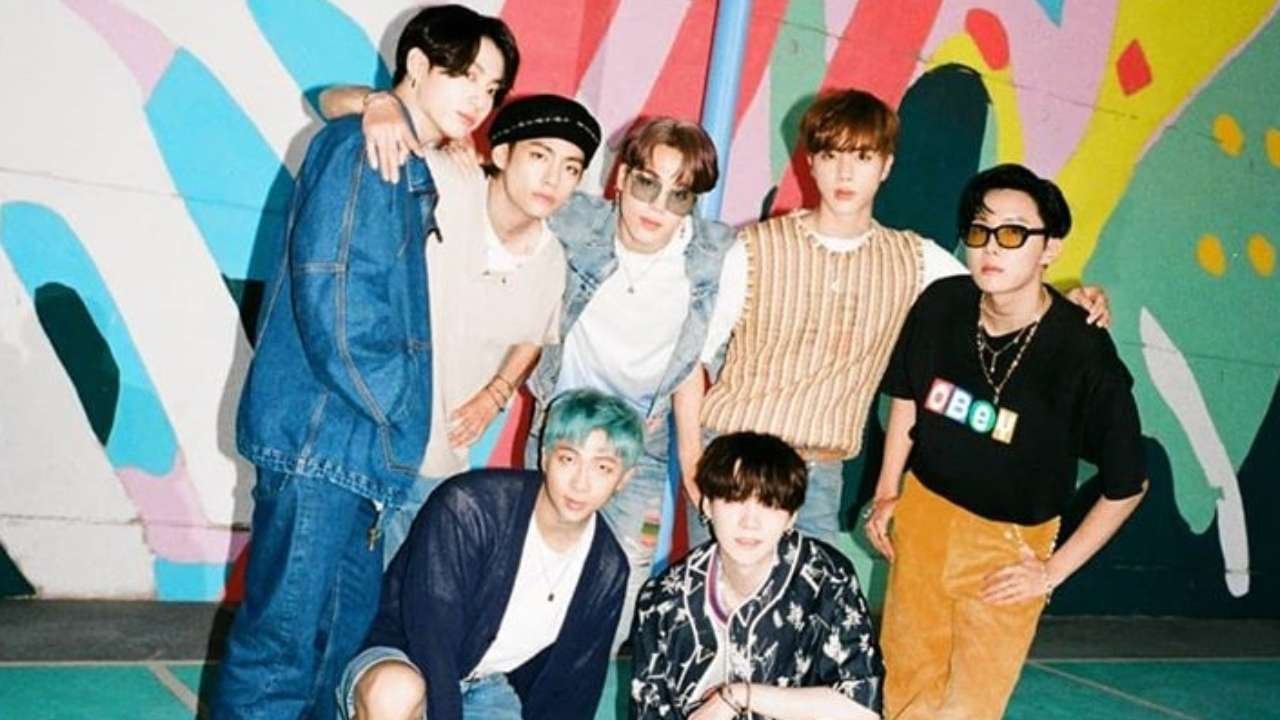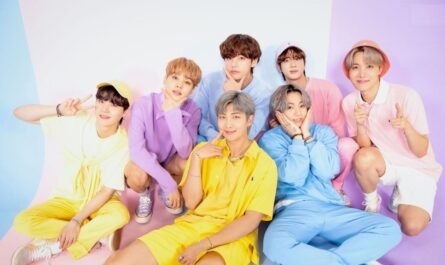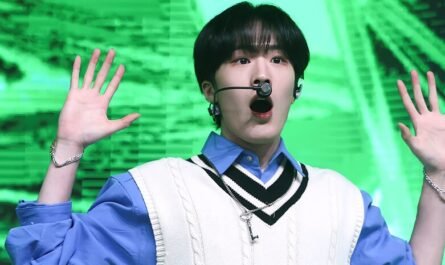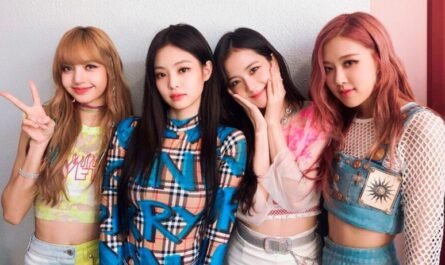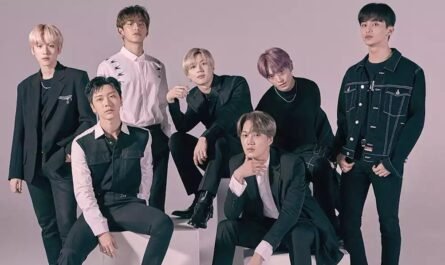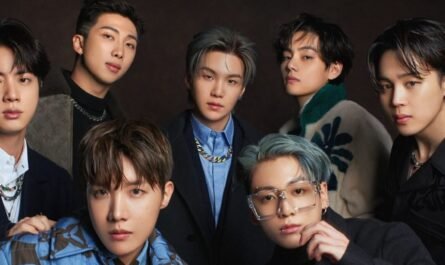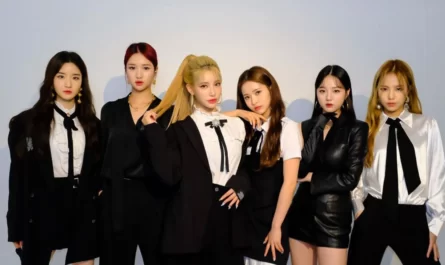A drastic increase in K-Pop streams on Spotify, Netflix diversifying its slate, and the BTS phenomenon have vastly contributed to the popularity of K-Pop in India despite trolling of boybands for challenging the traditional ideals of masculinity.
The first pandemic lockdown turned into a second, and life as we knew it was brought to a screeching halt. Respite from the gnawing unpredictability was and still is found in immersing oneself in new activities — baking, cooking, watching movies, and of course, listening to music. One genre that has gained considerable ground during the pandemic is K-pop (Korean popular music). Some fans might believe this classification to be one-note, pun intended and limiting. K-pop has more to offer than just poppy songs — it’s multidimensional, a medium that combines the best of audiovisual entertainment brought to you by achingly beautiful and glamorous performers.
India’s affair with the genre first began in the 2000s in the Northeastern state of Manipur, where separatist group Revolutionary People’s Front banned the consumption of all forms of Indian entertainment. They believed Hindi-language media upheld the “feudal values” of the Hindi-speaking mainland. What followed was an influx of Korean cinema, shows, and music, chiefly through pirated means. Furthermore, local cable stations began broadcasting shows from Korean channels like Arirang and KBS World, which led to the K-pop subculture spreading to other Northeastern states.
Even the mainland has had a brush with K-pop — many acts had toured major cities before COVID-19 struck the entertainment industry. The Korean government has also continually remained involved in propagating their culture: Holding dance contests, forums, cooking, and language classes.
K-pop takes over India.
In the last year, Spotify witnessed the most significant K-pop consumption compared to competitors like Amazon Prime Music and Apple Music. In an email, Spotify told me that their top-streamed artists in 2020 had been BTS, Blackpink, Twice, Agust D, and EXO. Amit Gurbaxani, in a report on Spotify’s year-end charts for Music Ally, attributes this primarily to the platform’s provision of a free listening experience. Gaana, too saw a 350 percent rise in K-pop streams.
“The pandemic has contributed to the boom in India, as more people have the time and capacity to consume international content,” says Riddhi Chakraborty, a journalist covering K-pop for Rolling Stone India.
Predictably, interest in K-pop has also augmented curiosity in everything Korean. Indians are riding the Hallyu wave, a Chinese term for the mass popularity of cultural exports from Korea, with unmatched passion. The absence of new content from the West and Netflix’s library diversification has only exacerbated the rage, concurs Sanjay Ramjhi, founder of Chennai’s KWave India fan club. Notably, Netflix’s viewership of these Korean TV shows last year swelled by a whopping 370 percent.
Different accounts of discovery
PSY’s 2012 viral single ‘Gangnam Style’ was undeniably vital in introducing K-pop to most Indians, who were better acquainted with homegrown film music and artists from the West. The omnipresence of ‘Gangnam Style’ back in the day could not be competed with; just upon hearing the initial strains of the song, people across different age groups were ready to gallop on the dance floor and loudly mouth the catchphrase “Oppa Gangnam Style!”
Esha Nair, 26, a lawyer from Delhi, shares she was first drawn to the background scores of Korean shows — usually peppered with delicate, poignant numbers that either complement the plot or amplify a character’s feelings — before she jumped on the K-pop bandwagon. “I was saving the background music on my playlist as it connected me to these shows. I was subconsciously listening to K-pop,” she says.
via GIPHY
Meanwhile, Rhea Menon, 25, an actor based out of Pune and Mumbai, “went down the rabbit hole” of K-pop after a friend played BTS’ single ‘Butter’ on loop. “I enjoyed the music and liked how they looked in the video. I watched their heartwarming interviews,” she shares.
Apoorva Kumar, 26, a content editor from Hyderabad, says that she knew about ‘Gangnam Style’ and even Super Junior’s ‘Sorry Sorry’ from way back in 2009. She only delved deep into the various K-pop boy bands and the girl groups during the lockdown. BTS, however, was the first to leave a lasting impact.
The BTS phenomenon
“The most recent and most powerful (cause behind the K-pop boom) is because of the rise of BTS, which then opens doors to the rest of K-pop,” notes Chakraborty. The seven-member outfit, composed of Jin, Suga, J-Hope, RM, Jimin, V, and Jungkook, is a global K-pop juggernaut, to the point that their name is virtually synonymous with the genre.
Their music often mixes hip-hop and R&B with electronic productions. Every band member has a unique aesthetic, and their music videos weave vivid, enthralling stories. The boy band has graced the 2020 cover of Rolling Stone India and even made it to regional news channels, as Tannishtha Bhattacharjee writes in her piece for Firstpost.
Their millions of old and new devoted fans proudly identify as ARMY, an acronym for Adorable Representative MC for Youth. The BTS ARMY, or any K-pop fandom really, have a symbiotic relationship with the groups they adore. The groups service the fans emotionally, which nourishes this solidarity all the more.
“The way they carry themselves – they do everything for the fans. There is so much positivity surrounding them; it almost feels like they wanted you to tell them you need them. That sort of validation was something I also wanted. It felt like a two-way street,” Kumar says on finding comfort in BTS’ music and even their personalities, especially during the lockdown.
Undeserved flak to the groups and fans
K-pop groups, chiefly boybands, stand out for their gender non-conforming style of dressing, porcelain skin, and liberal makeup that challenge archaic ideas of masculinity. In a country where testosterone-boosted brawny men are venerated, those who do not subscribe to these ideals are openly scorned. Much to the chagrin of fans, the same derogation is meted out to K-pop idols. “They are so many memes about them (BTS) being gay, feminine, not being able to sing,” says Nair.
“Reactions (to the men in K-pop) have usually been ‘they look feminine or ‘they look the same.’ They cannot go beyond the fact that they don’t look like the men we are used to,” adds Kumar. She also reveals that people often tend to draw unfair parallels between this genre and other music categories. “But I’m only expanding my horizons and exploring something that is not offered to me in the realms of my language.”
Xenophobia and racism also fan the flames of this condescending outlook. One cause could be the severe underrepresentation of Asians in mainstream culture. This is slowly changing, albeit at a snail’s pace, with films like Parasite winning four Oscars and Minari being hailed for its authentic portrayal of the Asian-American experience. Studios like Disney are now introducing films with Asian leads, a first in a long, long time. Streamers like Netflix are including more Asian content, as well as greenlighting originals with Asian tips, small steps that could reinforce unlearning of prejudice. The Indian film industry is also yet to catch up.
Another irrefutable cause is India’s persistent history of systemic racism and the othering of people, specifically those who belong to Northeastern states. Just last year, at the start of the COVID-19 pandemic, when the virus was frequently referred to as the “China virus” in the media, individuals belonging to the North East were targets of harassment and hate attacks. These are just the newer instances that were reported in the news.
“I think the biggest reason for the hate is the misconception that K-pop is shallow and just a bunch of pretty people dancing in animated music videos. Racism fuels this misconception and prevents people from looking up the lyrics and meanings of the songs, which is quite a pity. Because a whole new world of intricate, meaningful, and powerful artistry opens up the minute you decide to open your mind,” concludes Chakraborty.

